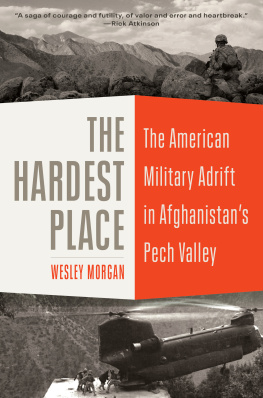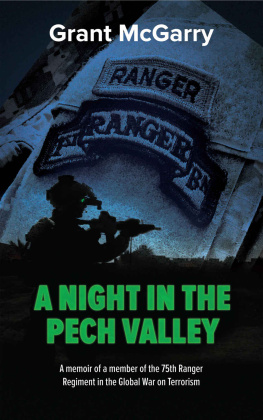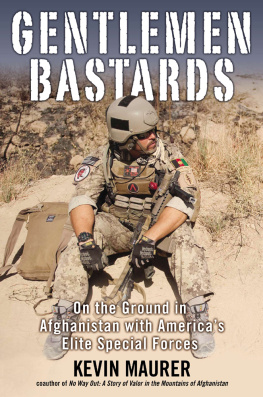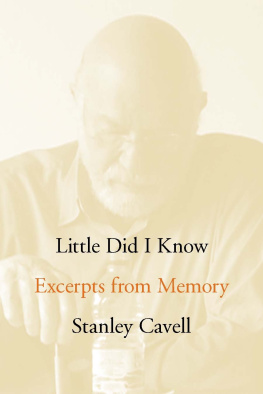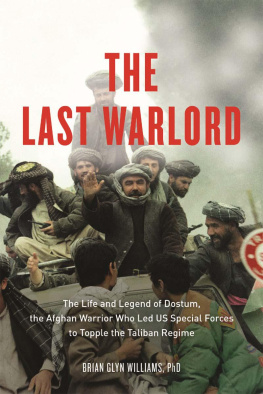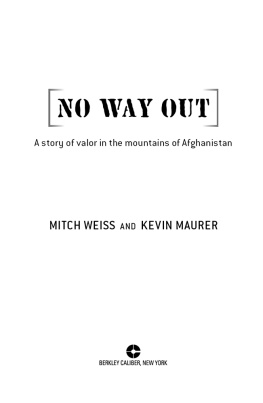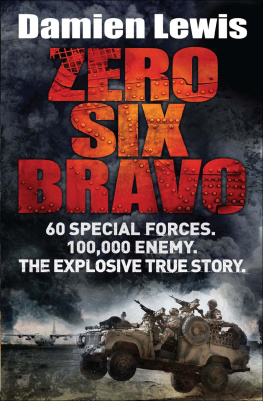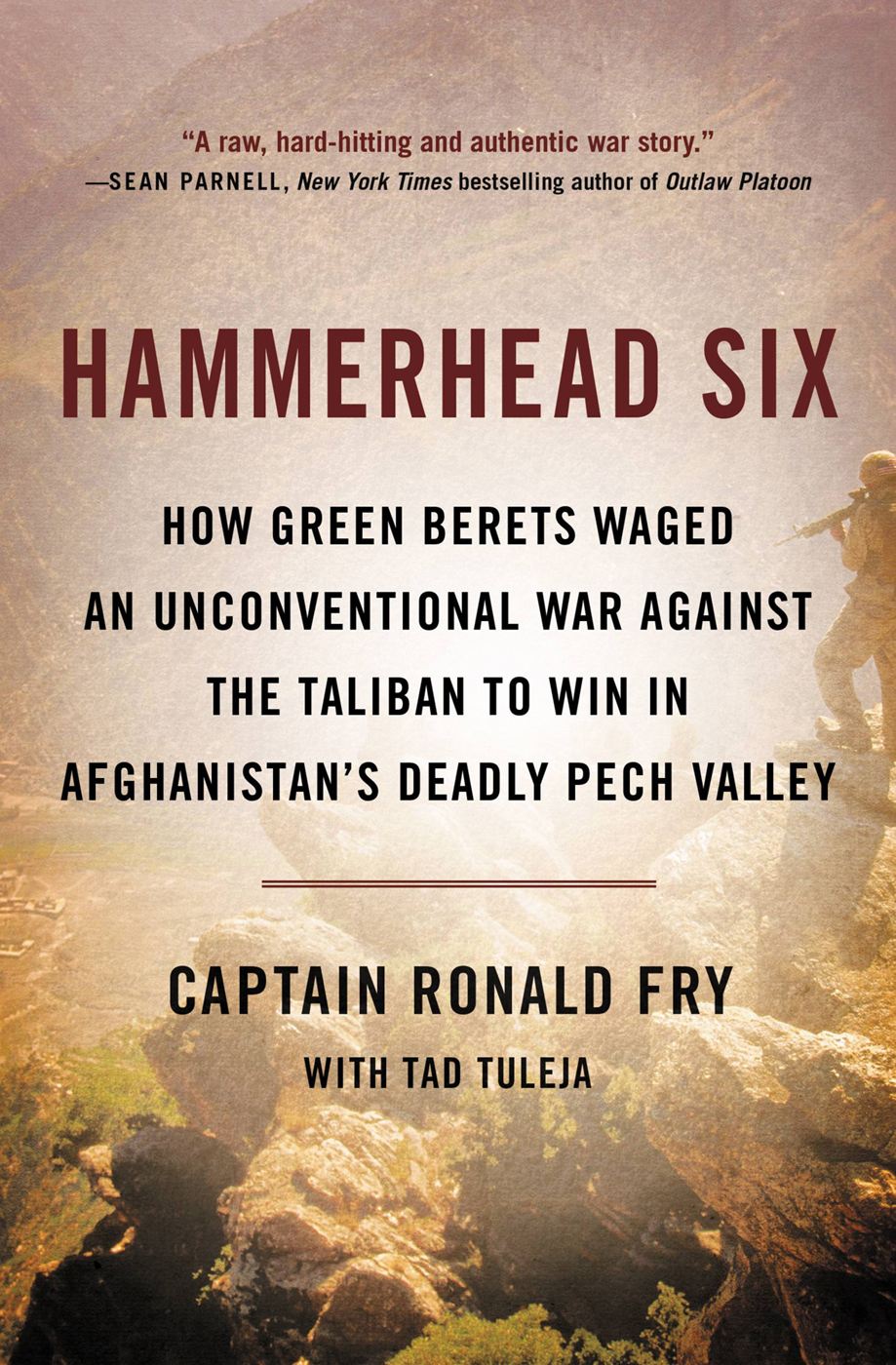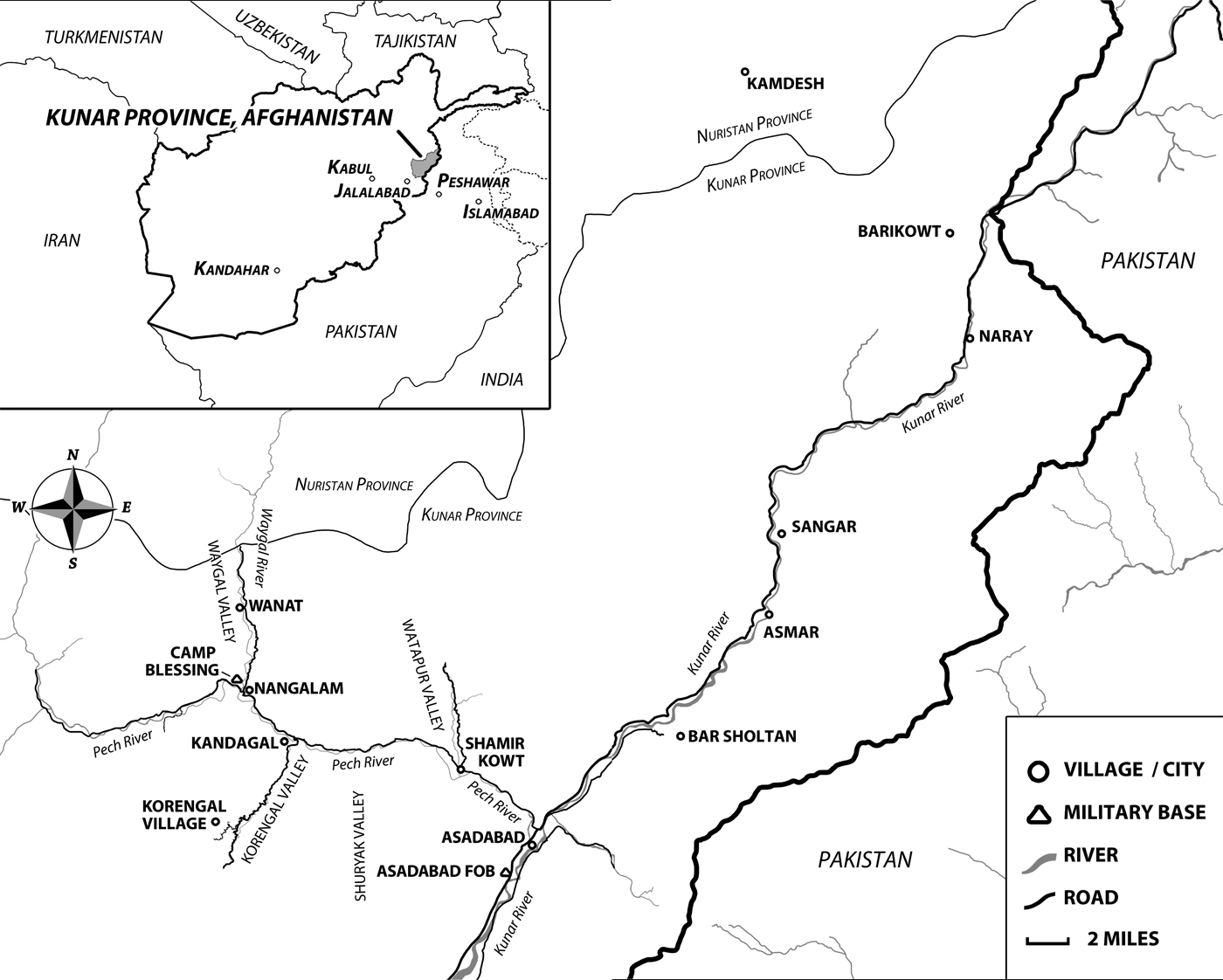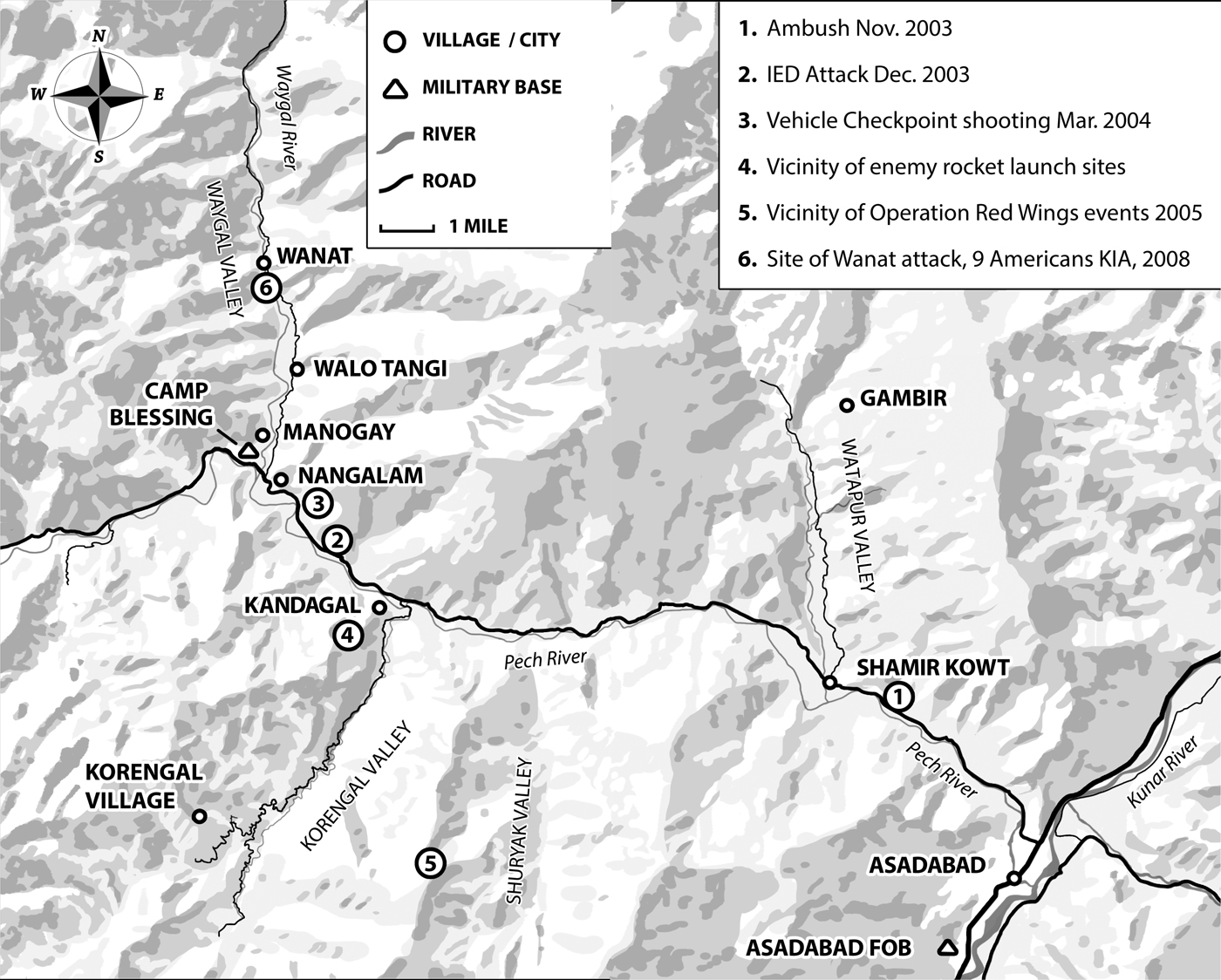Cover design by Rebecca Lown. Cover copyright 2016 by Hachette Book Group, Inc.
Hammerhead logo art by T-Bone. Used with permission of Randy Derr.
Photographs courtesy the author except where noted.
All rights reserved. In accordance with the U.S. Copyright Act of 1976, the scanning, uploading, and electronic sharing of any part of this book without the permission of the publisher constitute unlawful piracy and theft of the authors intellectual property. If you would like to use material from the book (other than for review purposes), prior written permission must be obtained by contacting the publisher at permissions@hbgusa.com. Thank you for your support of the authors rights.
Hachette Books is a division of Hachette Book Group, Inc.
The publisher is not responsible for websites (or their content) that are not owned by the publisher.

G reen Berets dont generally chronicle their adventures, as that goes against our quiet professional ethos. For more than a decade, despite urging by journalists, friends, and veterans, I refused to put the story of the Camp Blessing experiment to paper, as the events we lived through seemed too personal. Eventually, though, out of a responsibility to share the valuable lessons we learned with the next generation of unconventional warriors, and also in deference to that part of my soul that has never left an obscure village in the Pech Valley, I decided to write this memoir about what our time in Afghanistan had taught me.
Some of the chapters were written with ease, recounting memories of a modern-day warrior-king and commander in a foreign land. Several chapters were written painfully, reluctantly, and with trembling hands. For the reader who has never been to the Pech Valley, it may be hard to believe that such a place, with such people, really exists. The veteran reader who has had the privilege of placing his boots on that bloody soil will know that it can sometimes feel all too real.
In a country whose past has earned it the sobriquet Graveyard of Empires, the Pech Valley, in Afghanistans northeastern Kunar Province, stands out as a particularly brutal killing ground. Here, huddled in the shadow of the Hindu Kush mountains, fiercely independent Pashtun tribesmen have for centuries resisted intrusion in their turbulent affairs. Twice in the nineteenth century they humbled British troops attempting to introduce them to the blessings of Empire. In the 1980s, as the freedom-loving mujahideen, they did the same to an invading Red Army. The Taliban itself was unable to conquer this region. The valleys tribes and clans, engaged endlessly in internecine fighting, unite only to expel foreign invaders. Once that is accomplished, they quickly return to their ancient internal struggles.
The American experience with the Pashtuns of the Pech has not been much different. In 2001, a U.S.-led coalition invaded Afghanistan in the campaign known as Operation Enduring Freedom (OEF). Even though it drove the Taliban government from power, it left the Pech Valley a sanctuary for Taliban, Al Qaeda, and other fighters who united to resist the American invaders and the new Afghan government. For the following decade it remained a hotbed of tribal animosities and insurgent brutality, as well as a death trap for U.S. troops. If you drew a circle on a map around the places in northeastern Afghanistan that have been particularly deadly for Americansplaces like Wanat, Korengal, Ganjgal, and Kamdeshthe Pech River would run through the center of that circle. Ten of the twelve Congressional Medals of Honor that have been earned in Afghanistan were awarded for actions conducted on this violent terrain.
A rare exception to this pattern of bloodshed occurred as OEF was entering its third year. In the fall of 2003, a team of U.S. Special Forces (Green Berets) entered the Pech Valley, established the first A Camp to be set up since Vietnam, and undertook a struggle against Al Qaeda and Taliban forces for the hearts and minds of the people. These soldiers brought firepower into play when necessary. But as specialists in unconventional warfare (UW), they also repaired schools and clinics, cooperated with village councils in settling disputes, trained local security forces, and created an atmosphere of trust that made them more successful in bringing security to the valley than any outside force had been before. Before this team left the Pech in 2004, hundreds of locals who had fled to Pakistan during the previous decades of conflict were coming home, having heard that the valley was at peaceand that the Americans who had made this possible should be viewed as friends.
This was a dramatic break in a pattern that had lasted for centuries, and at the time this was duly noted by the press and military leaders. Time, U.S. News and World Report, and 60 Minutes II all profiled the Green Berets success, and senior officers visited their camp hoping to take home replicable lessons from their achievement.
Sadly, once this team of Green Berets left the valley and were replaced, the lessons their unit had learned about cultural sensitivity and mutual respect were forgotten; a more conventional search-and-destroy strategy took over; and very shortly, things reverted to form.
By 2005, the same region that had welcomed the Special Forces troops as peacemakers was the site of the Lone Survivor disaster; two years after that, the Korengal Valley, which runs into the Pech, became known as the deadliest place in Afghanistan. Eventually, more than one hundred Americans lost their lives in the greater Pech Valley. In 2011, after years of effort, it was abandoned by U.S. forces to an uncertain future. As pundits draw lessons from all that went wrong in the Pech and Afghanistan, it may be helpful to remember what, briefly, went right.
The official name of the uniquely successful Special Forces unit was Operational Detachment Alpha 936 (ODA 936). Its code name was Hammerhead Six. It was my privilege to have been their field commander. This is our story, and the story of the Afghan people whom we did our best to serve.


